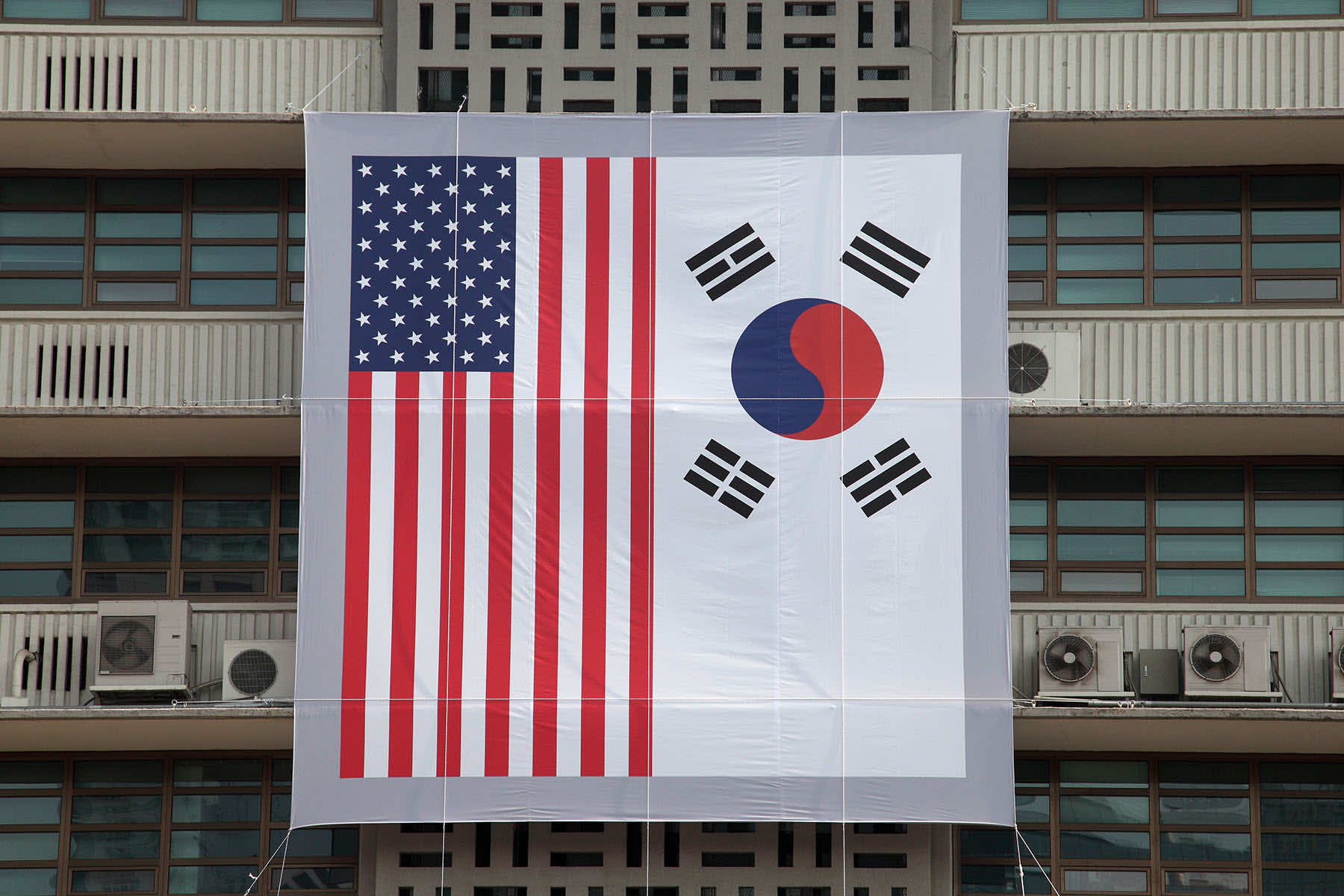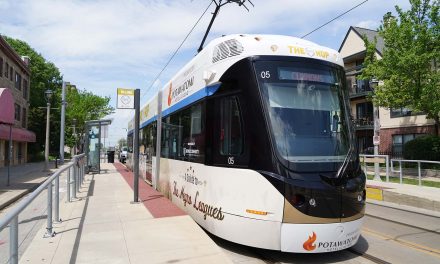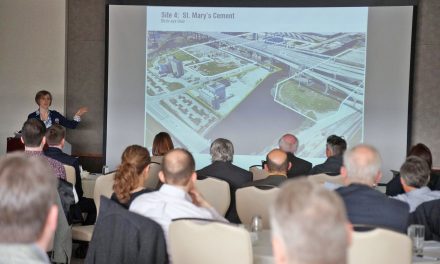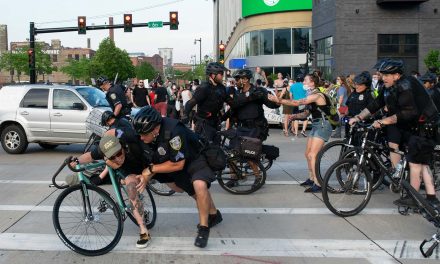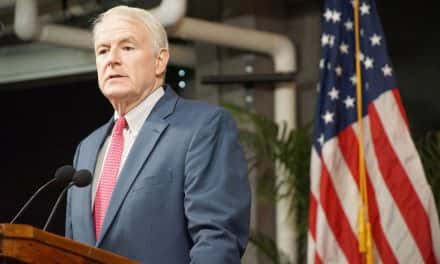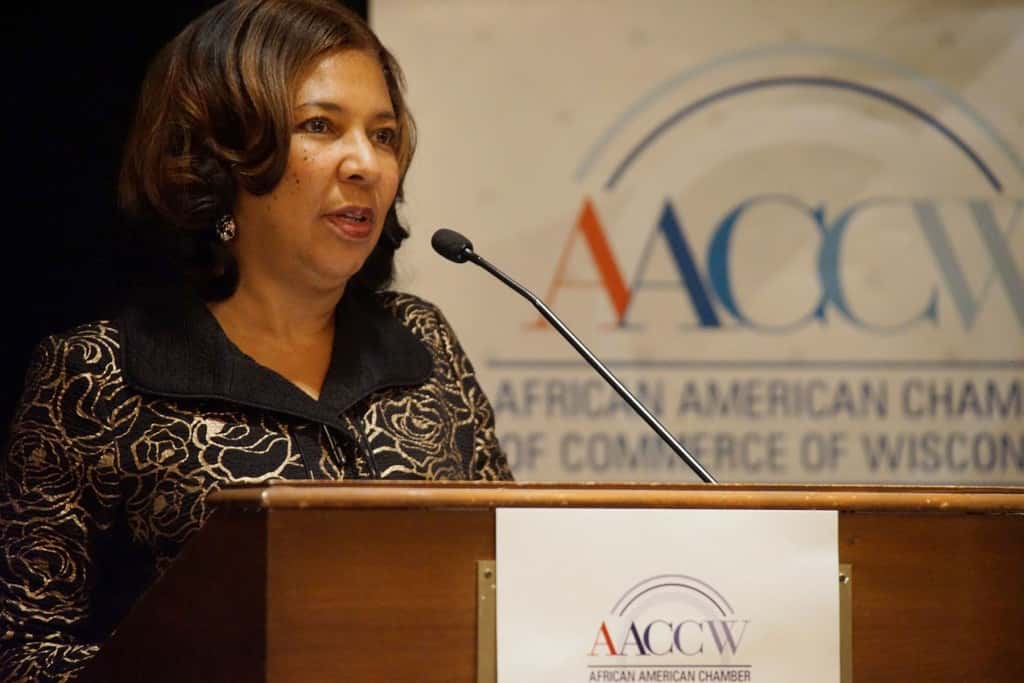
Like many immigrant communities trying to blend into the diversity of American society, Korean Americans often find themselves navigating between two distinct cultural and linguistic worlds.
Such experiences take shape in a variety of ways, with the most prominent being alternating between Korean and English within conversations. The phenomenon is not only a linguistic choice but a reflection of deeper cultural, emotional, and social dynamics.
The term “code-switching” is often associated with Black Americans in discussions of social linguistics, but it is not exclusive to them. The reason it is frequently applied in this context is that it refers to the switching between African American Vernacular English (AAVE) and Standard American English.
For many Black Americans, code-switching involves adjusting speech patterns, language use, and behaviors to navigate different social environments, particularly in professional or predominantly White settings where Standard American English is dominant.
For Korean Americans, it typically involves switching between Korean and English. This happens often within the same sentence or conversation, but usually when interacting between the home environment – where Korean is spoken, and outside in public – where most people only speak English.
Different settings and topics may necessitate the use of one language over the other. In professional or academic environments, English is the dominant language, given its status as the primary language of business and education in the United States.
Conversely, Korean might be more prevalent in family settings or Korean community events, where cultural traditions and familial values are deeply rooted in the Korean language.
A Korean American might use Korean at home when discussing traditional dishes or family heritage but switch to English when explaining these concepts to non-Korean friends or colleagues. The ability to navigate between languages allows them to function effectively in diverse social and professional contexts.
Language is also closely tied to emotion and social nuances. Certain sentiments or cultural concepts may be more easily or accurately conveyed in Korean than in English, and vice versa. Expressions of respect or familial hierarchy, which are integral in Korean culture, are more naturally expressed in Korean due to the specific honorifics and vocabulary.
Discussing contemporary topics or abstract concepts might feel more comfortable in English, especially for Korean Americans who have spent much of their lives in English-speaking environments. Having linguistic flexibility enables them to fully express themselves in a way that is both culturally and contextually appropriate.
Code-switching also plays a crucial role in signaling cultural identity and group membership. For many Korean Americans, speaking Korean can be a way of connecting with their heritage and asserting their identity within the broader Korean community.
By contrast, using English can signal integration into the broader community, where English is the dominant language. The duality allows Korean Americans to navigate their bicultural identities, balancing their connection to Korean culture with their place in American society.
Practical considerations often drive code-switching. Certain terms or expressions in Korean may lack direct equivalents in English, making it more efficient or clear to switch languages. The concept of “jeong” (정), a deep emotional bond and affection, is difficult to translate precisely into English. In such cases, Korean Americans might switch to Korean to accurately convey the meaning.
Technical or specialized terms learned in English-speaking academic or professional settings may not have common Korean translations either. In such cases, switching to English can facilitate clearer communication and understanding.
The dynamics of a conversation, including the participants and their language preferences, can also influence code-switching. Korean Americans may switch to Korean when speaking with older family members, out of respect and to accommodate the language barriers of their elders, then switch to English for talking to younger members of the family.
The phenomenon of code-switching among Korean Americans should be understood within the broader socio-cultural context of bilingualism and immigrant experiences in the United States. The Korean American community, like many immigrant groups, faces the challenge of preserving their cultural heritage while integrating into American society.
For many Korean American families, maintaining the Korean language is a way of preserving their cultural heritage and passing it on to future generations. Language carries cultural values, traditions, and history, making it a vital component of cultural identity. However, the dominance of English in American society and the pressure to assimilate can sometimes lead to a language shift, where subsequent generations may become less proficient in Korean.
Despite this, many Korean Americans strive to maintain bilingualism, seeing it as a valuable skill and a way to stay connected to their roots. Korean language schools, cultural events, and community organizations play a crucial role in supporting the effort, providing spaces for Korean Americans to practice their language and engage with their culture.
Code-switching is also a reflection of the bicultural identity that many Korean Americans navigate. This identity involves balancing the values, norms, and expectations of both Korean and American cultures. For some, it can create a sense of cultural duality, where they feel a strong connection to both cultures but may not feel fully at home in either.
Language plays a key role in this balancing act. Proficiency in both Korean and English allows Korean Americans to navigate different cultural spaces and contexts. However, it can also be a source of tension, particularly when societal expectations around language use come into play. The pressure to speak perfect English in professional settings can create stress for those who feel more comfortable in Korean, and vice versa.
- Exploring Korea: Stories from Milwaukee to the DMZ and across a divided peninsula
- A pawn of history: How the Great Power struggle to control Korea set the stage for its civil war
- Names for Korea: The evolution of English words used for its identity from Gojoseon to Daehan Minguk
- SeonJoo So Oh: Living her dream of creating a "folded paper" bridge between Milwaukee and Korean culture
- A Cultural Bridge: Why Milwaukee needs to invest in a Museum that celebrates Korean art and history
- Korean diplomat joins Milwaukee's Korean American community in celebration of 79th Liberation Day
- John T. Chisholm: Standing guard along the volatile Korean DMZ at the end of the Cold War
- Most Dangerous Game: The golf course where U.S. soldiers play surrounded by North Korean snipers
- Triumph and Tragedy: How the 1988 Seoul Olympics became a battleground for Cold War politics
- Dan Odya: The challenges of serving at the Korean Demilitarized Zone during the Vietnam War
- The Korean Demilitarized Zone: A border between peace and war that also cuts across hearts and history
- The Korean DMZ Conflict: A forgotten "Second Chapter" of America's "Forgotten War"
- Dick Cavalco: A life shaped by service but also silence for 65 years about the Korean War
- Overshadowed by conflict: Why the Korean War still struggles for recognition and remembrance
- Wisconsin's Korean War Memorial stands as a timeless tribute to a generation of "forgotten" veterans
- Glenn Dohrmann: The extraordinary journey from an orphaned farm boy to a highly decorated hero
- The fight for Hill 266: Glenn Dohrmann recalls one of the Korean War's most fierce battles
- Frozen in time: Rare photos from a side of the Korean War that most families in Milwaukee never saw
- Jessica Boling: The emotional journey from an American adoption to reclaiming her Korean identity
- A deportation story: When South Korea was forced to confront its adoption industry's history of abuse
- South Korea faces severe population decline amid growing burdens on marriage and parenthood
- Emma Daisy Gertel: Why finding comfort with the "in-between space" as a Korean adoptee is a superpower
- The Soul of Seoul: A photographic look at the dynamic streets and urban layers of a megacity
- The Creation of Hangul: A linguistic masterpiece designed by King Sejong to increase Korean literacy
- Rick Wood: Veteran Milwaukee photojournalist reflects on his rare trip to reclusive North Korea
- Dynastic Rule: Personality cult of Kim Jong Un expands as North Koreans wear his pins to show total loyalty
- South Korea formalizes nuclear deterrent strategy with U.S. as North Korea aims to boost atomic arsenal
- Tea with Jin: A rare conversation with a North Korean defector living a happier life in Seoul
- Journalism and Statecraft: Why it is complicated for foreign press to interview a North Korean defector
- Inside North Korea’s Isolation: A decade of images show rare views of life around Pyongyang
- Karyn Althoff Roelke: How Honor Flights remind Korean War veterans that they are not forgotten
- Letters from North Korea: How Milwaukee County Historical Society preserves stories from war veterans
- A Cold War Secret: Graves discovered of Russian pilots who flew MiG jets for North Korea during Korean War
- Heechang Kang: How a Korean American pastor balances tradition and integration at church
- Faith and Heritage: A Pew Research Center's perspective on Korean American Christians in Milwaukee
- Landmark legal verdict by South Korea's top court opens the door to some rights for same-sex couples
- Kenny Yoo: How the adversities of dyslexia and the war in Afghanistan fueled his success as a photojournalist
- Walking between two worlds: The complex dynamics of code-switching among Korean Americans
- A look back at Kamala Harris in South Korea as U.S. looks ahead to more provocations by North Korea
- Jason S. Yi: Feeling at peace with the duality of being both an American and a Korean in Milwaukee
- The Zainichi experience: Second season of “Pachinko” examines the hardships of ethnic Koreans in Japan
- Shadows of History: South Korea's lingering struggle for justice over "Comfort Women"
- Christopher Michael Doll: An unexpected life in South Korea and its cross-cultural intersections
- Korea in 1895: How UW-Milwaukee's AGSL protects the historic treasures of Kim Jeong-ho and George C. Foulk
- "Ink. Brush. Paper." Exhibit: Korean Sumukhwa art highlights women’s empowerment in Milwaukee
- Christopher Wing: The cultural bonds between Milwaukee and Changwon built by brewing beer
- Halloween Crowd Crush: A solemn remembrance of the Itaewon tragedy after two years of mourning
- Forgotten Victims: How panic and paranoia led to a massacre of refugees at the No Gun Ri Bridge
- Kyoung Ae Cho: How embracing Korean heritage and uniting cultures started with her own name
- Complexities of Identity: When being from North Korea does not mean being North Korean
- A fragile peace: Tensions simmer at DMZ as North Korean soldiers cross into the South multiple times
- Byung-Il Choi: A lifelong dedication to medicine began with the kindness of U.S. soldiers to a child of war
- Restoring Harmony: South Korea's long search to reclaim its identity from Japanese occupation
- Sado gold mine gains UNESCO status after Tokyo pledges to exhibit WWII trauma of Korean laborers
- The Heartbeat of K-Pop: How Tina Melk's passion for Korean music inspired a utopia for others to share
- K-pop Revolution: The Korean cultural phenomenon that captivated a growing audience in Milwaukee
- Artifacts from BTS and LE SSERAFIM featured at Grammy Museum exhibit put K-pop fashion in the spotlight
- Hyunjoo Han: The unconventional path from a Korean village to Milwaukee’s multicultural landscape
- The Battle of Restraint: How nuclear weapons almost redefined warfare on the Korean peninsula
- Rejection of peace: Why North Korea's increasing hostility to the South was inevitable
- WonWoo Chung: Navigating life, faith, and identity between cultures in Milwaukee and Seoul
- Korean Landmarks: A visual tour of heritage sites from the Silla and Joseon Dynasties
- South Korea’s Digital Nomad Visa offers a global gateway for Milwaukee’s young professionals
- Forgotten Gando: Why the autonomous Korean territory within China remains a footnote in history
- A game of maps: How China prepared to steal Korean history to prevent reunification
- From Taiwan to Korea: When Mao Zedong shifted China’s priority amid Soviet and American pressures
- Hoyoon Min: Putting his future on hold in Milwaukee to serve in his homeland's military
- A long journey home: Robert P. Raess laid to rest in Wisconsin after being MIA in Korean War for 70 years
- Existential threats: A cost of living in Seoul comes with being in range of North Korea's artillery
- Jinseon Kim: A Seoulite's creative adventure recording the city’s legacy and allure through art
- A subway journey: Exploring Euljiro in illustrations and by foot on Line 2 with artist Jinseon Kim
- Seoul Searching: Revisiting the first film to explore the experiences of Korean adoptees and diaspora

